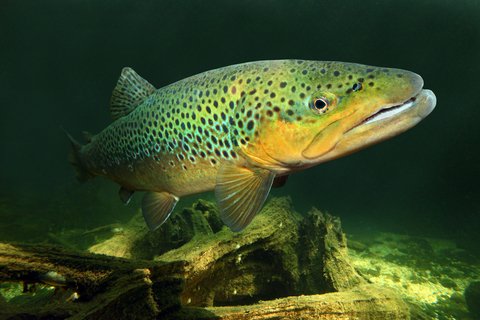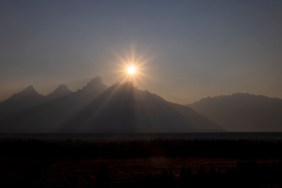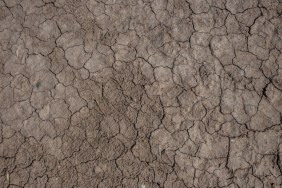
The vast majority of trout in streams and lakes throughout the United States are threatened by man-made forces and more than half of all trout occupy just a quarter of their historic habitat, according to a recent report State of the Trout 2015 by researchers at Trout Unlimited.
Up to 92 percent of current trout species faces some level of risk, while a 52 percent do not occupy a quarter of their habitat. Today’s trout face a myriad of challenges that have exacerbated traditional threats like droughts and wildfires.
Due to increased demand on water systems, native trout habitat is diminishing. Hydraulic fracturing for oil in the northeast United States, which requires 2 to 8 million gallons of water per well, has drawn further from the water supply.
Droughts too have reduced water supplies and lengthened wildfire seasons, putting even more stress on trout populations. At the same time non-native species such as smallmouth bass and carp have also threatened the trout’s existence in many places. It all points to a struggling trout population that faces multiple threats with largely one case, human population growth, according to the report which looks at 28 native trout species and subspecies.
If future generations of Americans are to continue to reap the recreational and economic benefits of abundant trout populations, we must chart a new path forward,” the authors write. “The question is not whether we can restore native trout but whether we choose to do so.”
The report outlines eight steps they recommend taking to ensure future trout stocks including watershed management, training more volunteer leadership, smarter restoration projects and increased energy efficiency. Ultimately the report argues that the health of trout is inextricably linked to the human behavior.
“We all depend on high-quality water in stable supply, not only for our cities and agriculture, but for our recreation and spiritual sustenance. Native and wild trout are sensitive to pollution and degraded water quality, so their sustainable populations are good indicators of the health of our rivers and their watersheds.”
To read the full report click here.
© Vladvitek | Dreamstime.com – The Brown Trout (Salmo Trutta). Photo








